
Veggie Garden: Troubleshooting
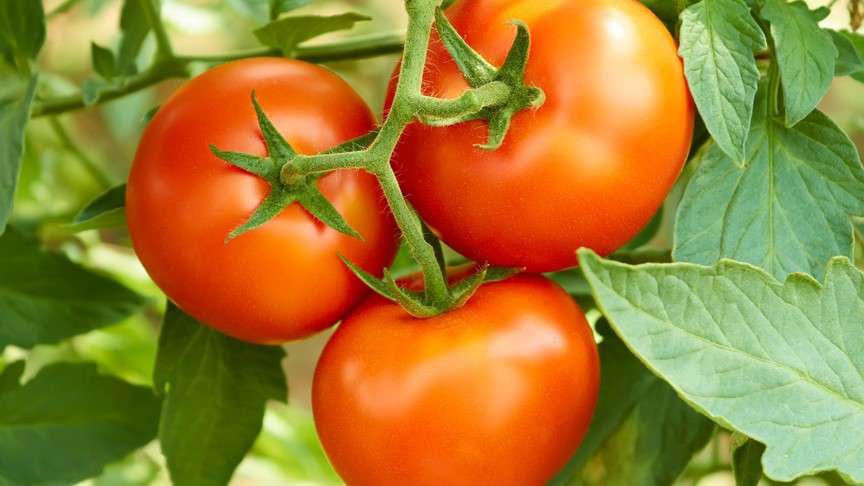
A Prescription for Successful Vegetable Gardening
You’ve worked hard to get your veggie plants in the ground and now you’re looking forward to the taste of your first ripe tomato. Let’s make sure your plants stay happy and healthy throughout the entire growing season. There are a few common pests and diseases that can visit your plants and minimize your harvest. The key to keeping these pests at bay is to monitor your garden on a regular basis for potential problems. In this blog, we’ve listed seven common situations along with solutions to fix them.
1. Blossoms falling off and not producing fruit.
There are several reasons flowers will drop:
Insufficient Pollination: If the flowers are not visited by pollinating insects, they may fail to produce fruit.
Insufficient Pollination: If the flowers are not visited by pollinating insects, they may fail to produce fruit.
Solution: Planting flowers around your vegetables can help attract beneficial insects to your garden. You can also hand-pollinate them gently with a small paintbrush.
Inconsistent Temperature: When temperatures reach extremes, it can cause stress to the plant and make pollination difficult.
Solution: Mulching can help ease this stress, and will help conserve moisture in the soil. Creating windbreaks around your tomato garden can also help regulate temperatures.
Improper Nutrition: When tomatoes are fertilized with high-nitrogen fertilizers, they will push a lot of leafy growth and will not put energy into producing fruit.
Solution: Be sure to fertilize your veggie garden with an organic food specifically formulated for flower and fruit production (high in phosphorus), such as E.B. Stone™ Tomato & Vegetable Food.
Infestations & Disease: If your tomato is suffering from pests, it will likely be too stressed to produce a good yield.
Solution: Bring a sample and/or picture to our garden experts at Green Acres Nursery & Supply for help identifying and eliminating pest problems.

2. Tomato horn worms are chewing the leaves.
Solution: Remove worms by hand or use Monterey B.t., a bacteria-derived pesticide which kills the worms, and is safe to use on edibles—even up to the day of harvest.
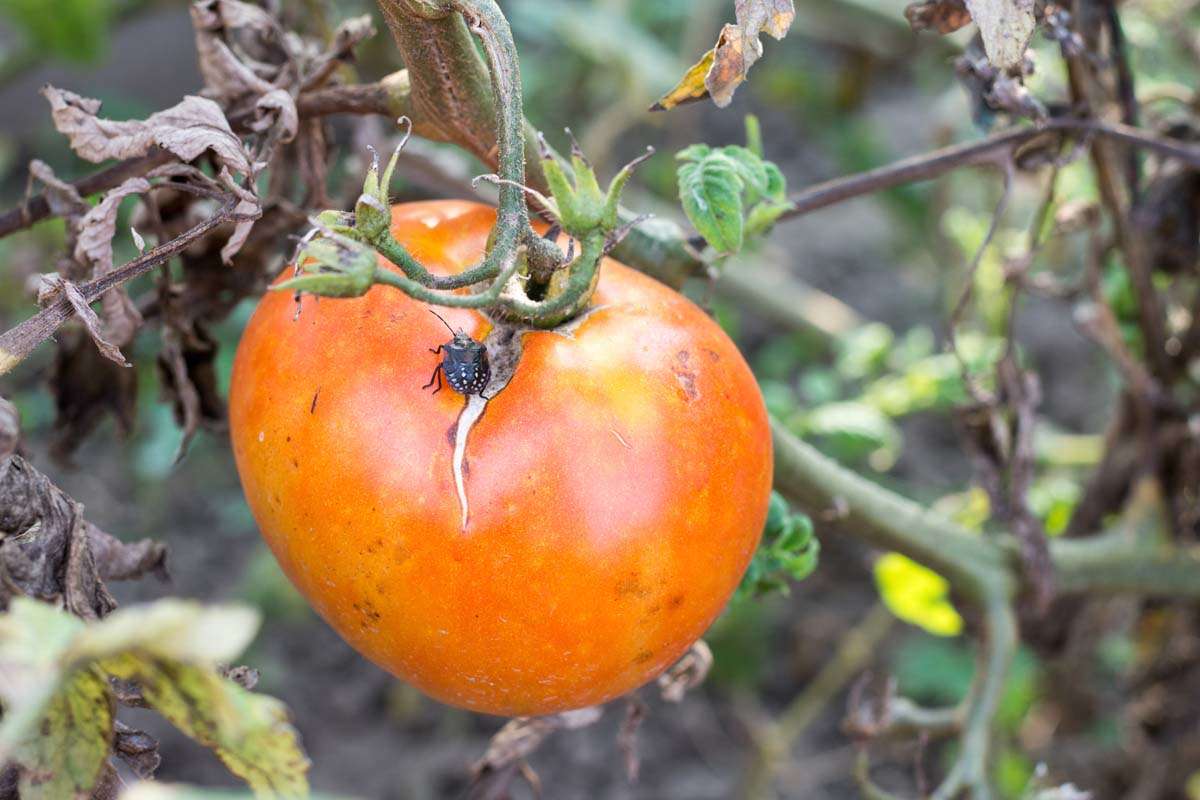
3. Cracking and scarring on the fruit.
Cracking fruit is usually the result of inconsistent watering.
Solution: Mulch around the tomato plant, leaving 4”-6” open around the base of the plant for air circulation. Consider installing a drip system, which will regulate water levels. Try using a moisture meter to ensure that you are giving your plants water only when they need it.
Solution: Mulch around the tomato plant, leaving 4”-6” open around the base of the plant for air circulation. Consider installing a drip system, which will regulate water levels. Try using a moisture meter to ensure that you are giving your plants water only when they need it.
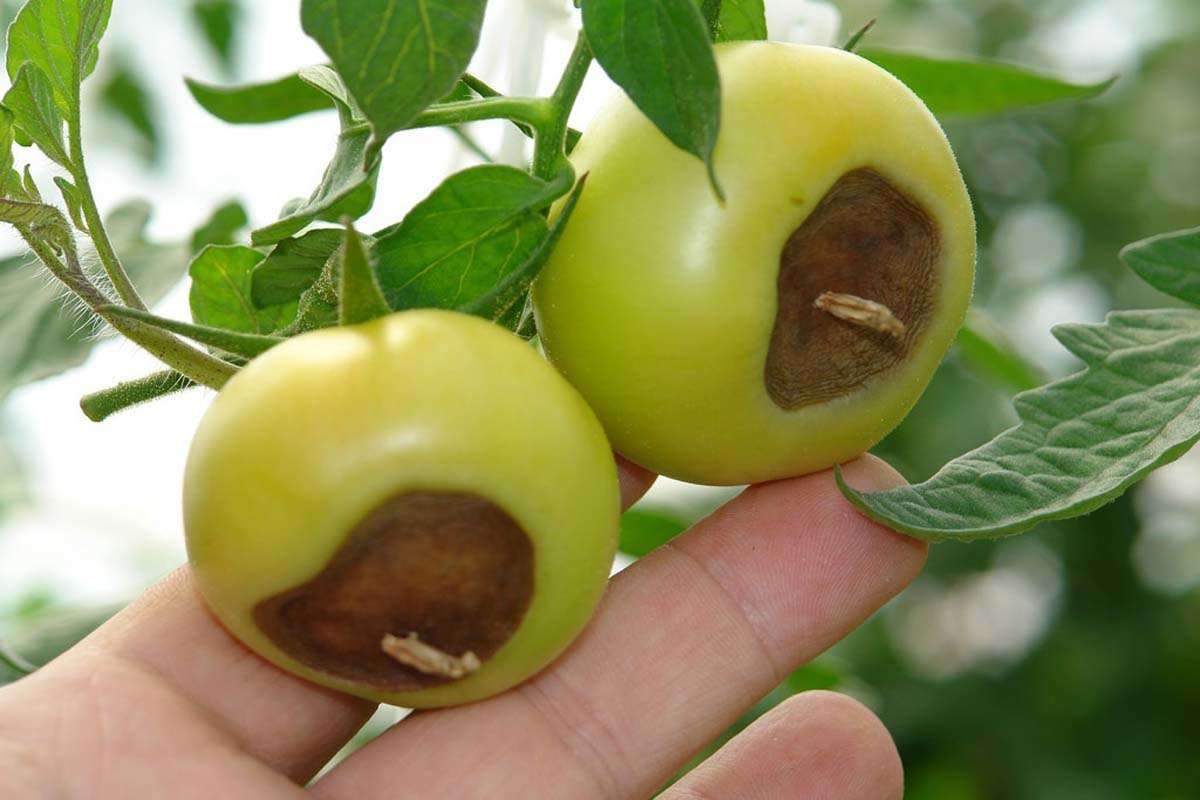
4. Brown, soft spots on the bottom of fruit known as Blossom End Rot.
Blossom End Rot can be caused by two main things: calcium deficiency and uneven watering. Watch for Blossom End Rot on tomatoes, peppers, squash, cucumbers, and melons.
Solution: Mulching around your plants will help keep the soil evenly moist. And Bonide® Blossom-End Rot is a great tool for helping combat calcium deficiency. Be sure to test your soil with a soil test kit before amending; the pH needs to be between 6.5 and 7.5 for optimal calcium uptake.
Solution: Mulching around your plants will help keep the soil evenly moist. And Bonide® Blossom-End Rot is a great tool for helping combat calcium deficiency. Be sure to test your soil with a soil test kit before amending; the pH needs to be between 6.5 and 7.5 for optimal calcium uptake.
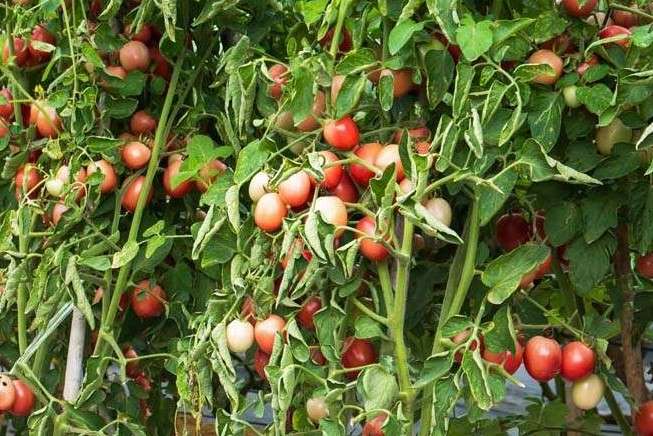
5. Sunscald
Watch for sunscald on apples, berries, grapes, tomatoes and peppers.
Solution: Ideally, the foliage of a plant will protect the fruit from becoming sunburned. However, if your garden is in full southern or western exposure, the fruit may still become scorched. The only prevention is to cover the fruit from the late afternoon sun with shade cloth. In the future, consider strategically placing plants in your garden so that some of the taller crops provide a bit of late afternoon shade to the shorter plants.
Solution: Ideally, the foliage of a plant will protect the fruit from becoming sunburned. However, if your garden is in full southern or western exposure, the fruit may still become scorched. The only prevention is to cover the fruit from the late afternoon sun with shade cloth. In the future, consider strategically placing plants in your garden so that some of the taller crops provide a bit of late afternoon shade to the shorter plants.
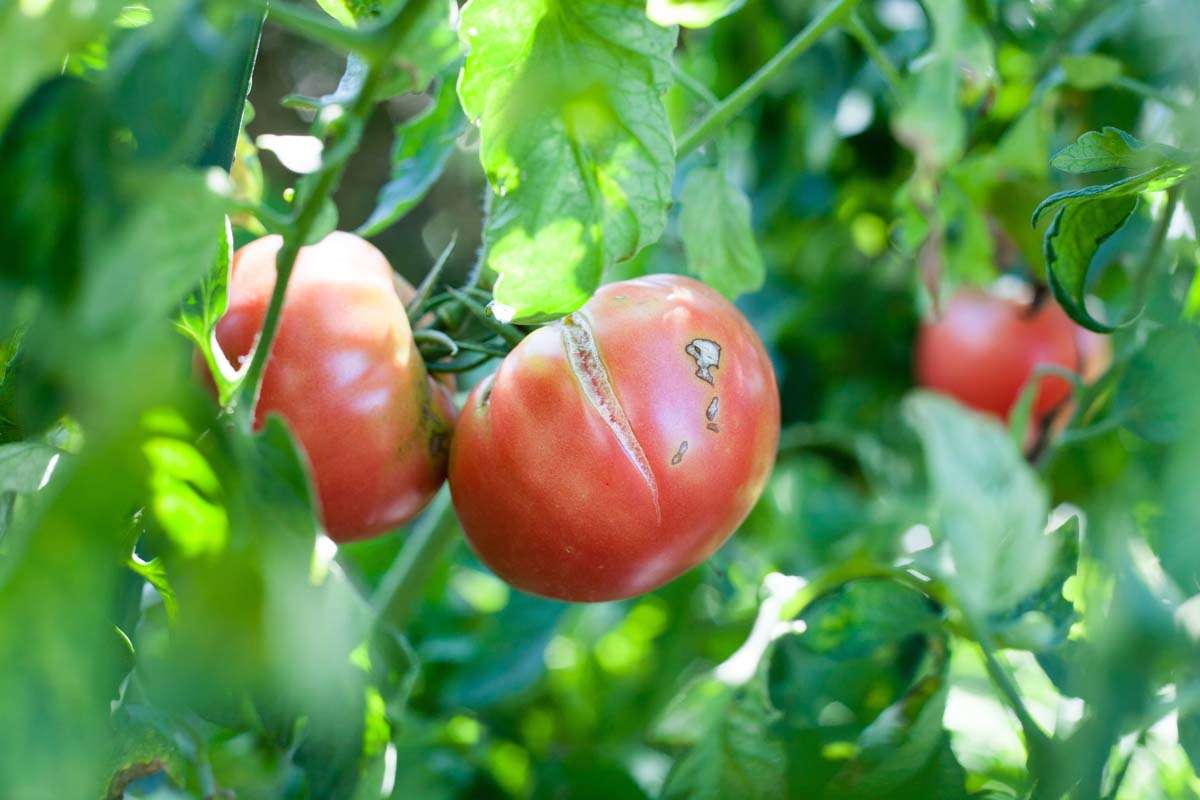
6. Discolored spots and indentations on tomatoes.
There are two main culprits: Stink Bugs and Leaffooted Bugs.
Solution: These insects have sucking mouthparts which they use to feed on ripening fruit. Remove by hand or spray with a pyrethrin-based insecticide such as Bonide® Eight Insect Control.
Solution: These insects have sucking mouthparts which they use to feed on ripening fruit. Remove by hand or spray with a pyrethrin-based insecticide such as Bonide® Eight Insect Control.
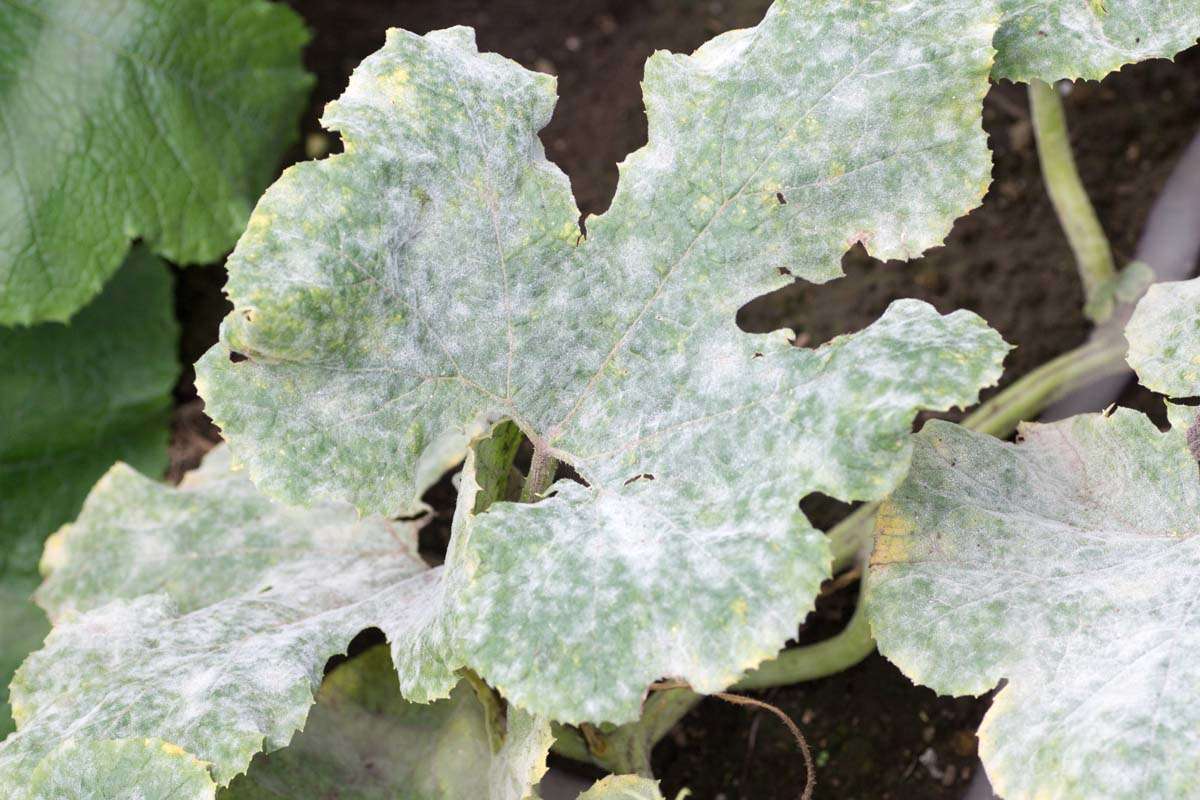
7. Fuzzy white mold on squash, melon, or cucumber leaves.
Solution: These plants are susceptible to fungi if they are exposed to humid conditions. Avoid overhead watering and switch to drip. Remove affected foliage and spray with a copper fungicide or apply copper dust if the problem persists.
